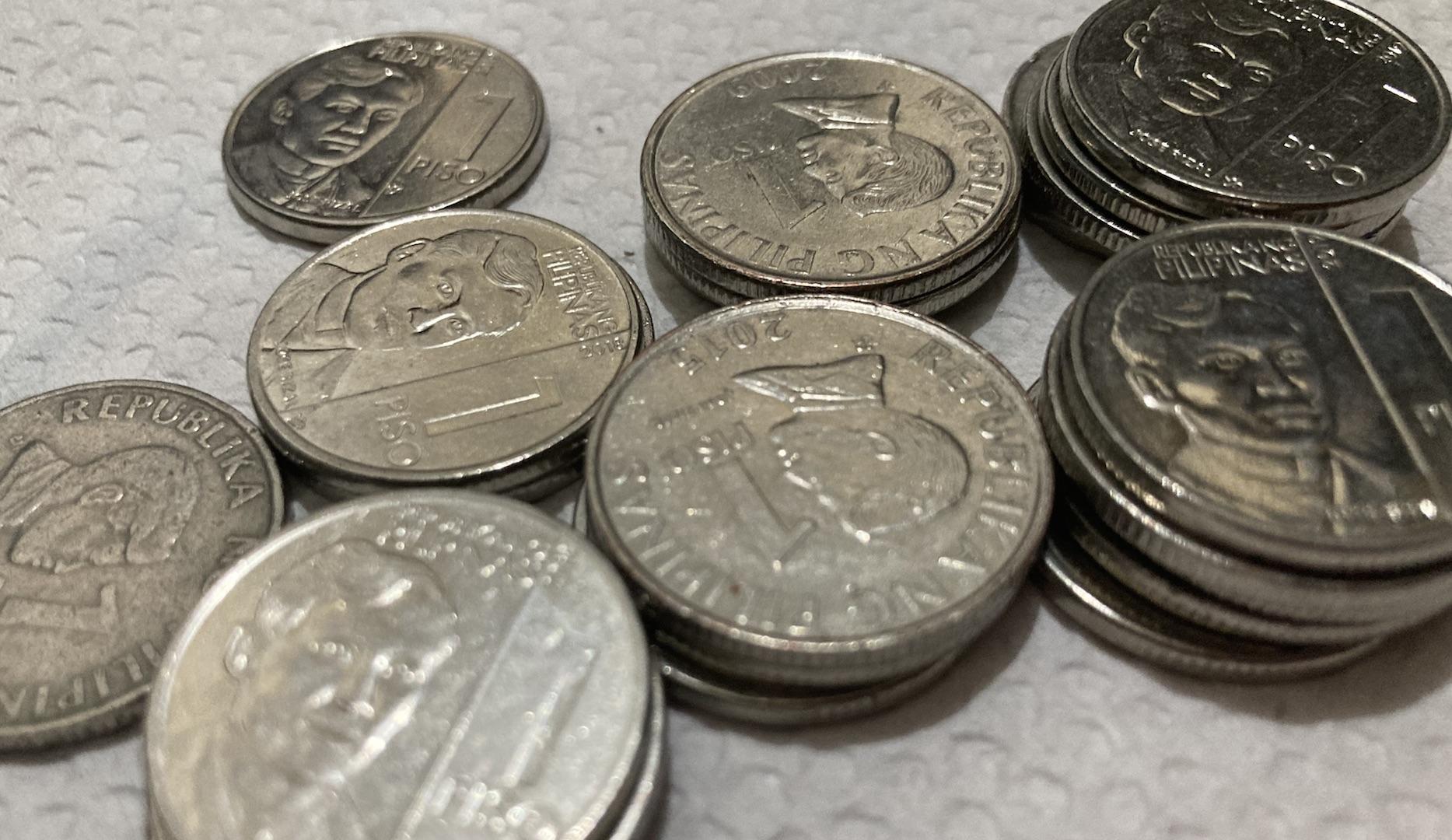Value of P1 in 2018 dropped to 85 centavos in October - PSA

The purchasing power of the Philippine peso declined further in October amid higher inflation and the weakening of the local currency against the US dollar.
At a press briefing on Friday, Philippine Statistics Authority chief and National Statistician Claire Dennis Mapa said the value of one peso in 2018 slipped to 85 centavos in October.
It was equivalent to 86 centavos in July.
The purchasing power of the Philippine peso is computed as 1 divided by the consumer price index (CPI), multiplied by 100.
Inflation, which refers to the rate of change in the consumer price index, accelerated to 7.7% in October from 6.9% in September amid the consistent rise in food, utilities, and transportation costs.
Last month’s inflation was the highest in almost 14 years, or since the 7.8% recorded in December 2008, at the height of the global financial crisis.
Mapa said that year-to-date, the purchasing power of the peso stands at 87 centavos against its value of P1 in base year 2018.
Sought for comment, Rizal Commercial Banking Corp. chief economist Michael Ricafort said the decrease in the purchasing power of the local currency “may largely reflect the 15% depreciation of the peso vs. the US dollar from a year ago and also since the start of 2022.”
Last month, the Philippine peso hit a record low of P59:$1.
Ricafort said the weaker peso led to higher import prices, which, in turn, led to higher overall inflation.
“Thus, recent measures/priorities to support and stabilize the peso may definitely help [stabilize] overall inflation as well as inflation expectations, since the Philippines is a net importing country,” the economist said.
“Weaker peso in recent months and higher prices effectively reduced the purchasing power of the peso,” Ricafort added. — VBL, GMA Integrated News

Need a wellness break? Sign up for The Boost!
Stay up-to-date with the latest health and wellness reads.
Please enter a valid email address
Your email is safe with us





